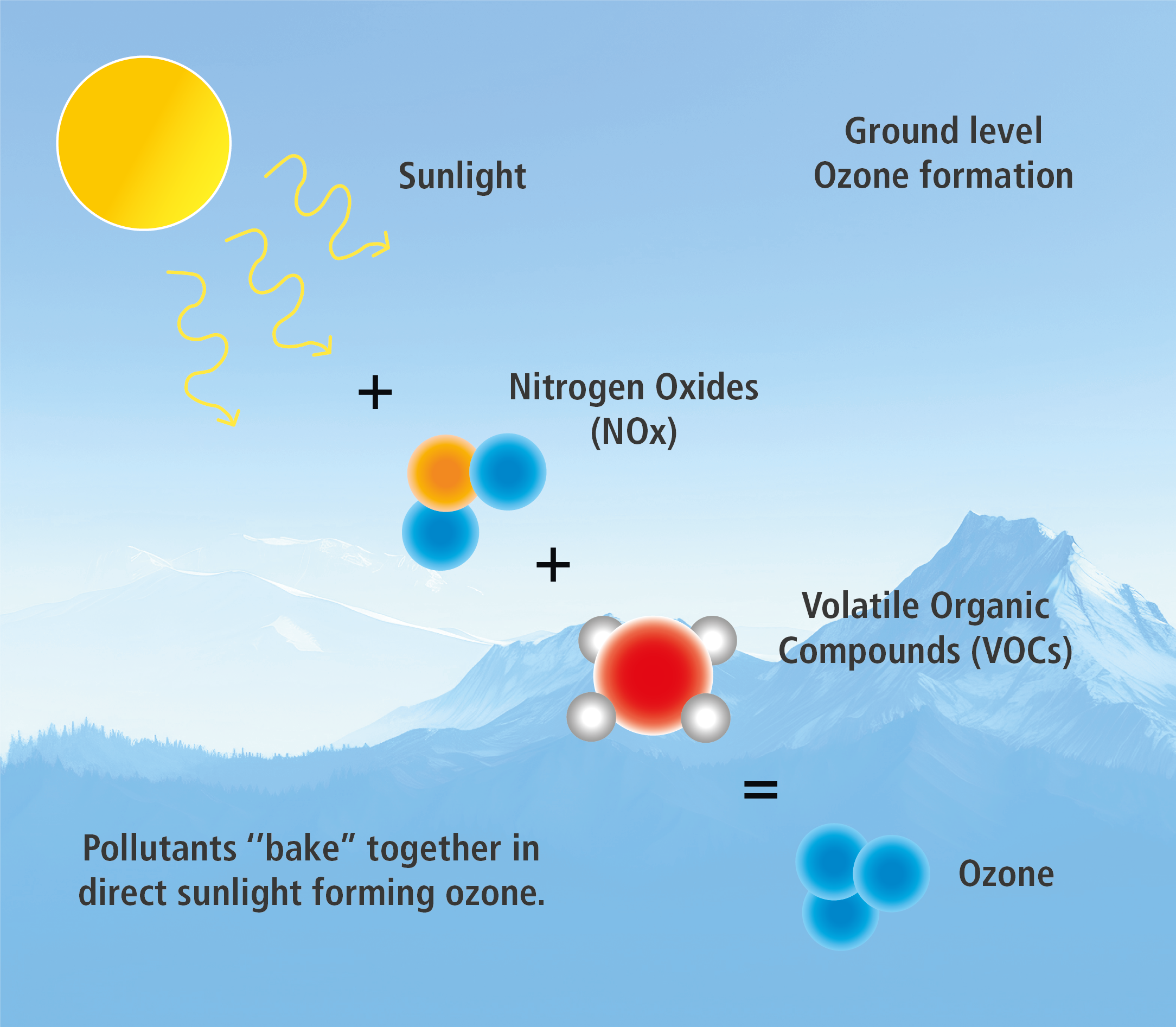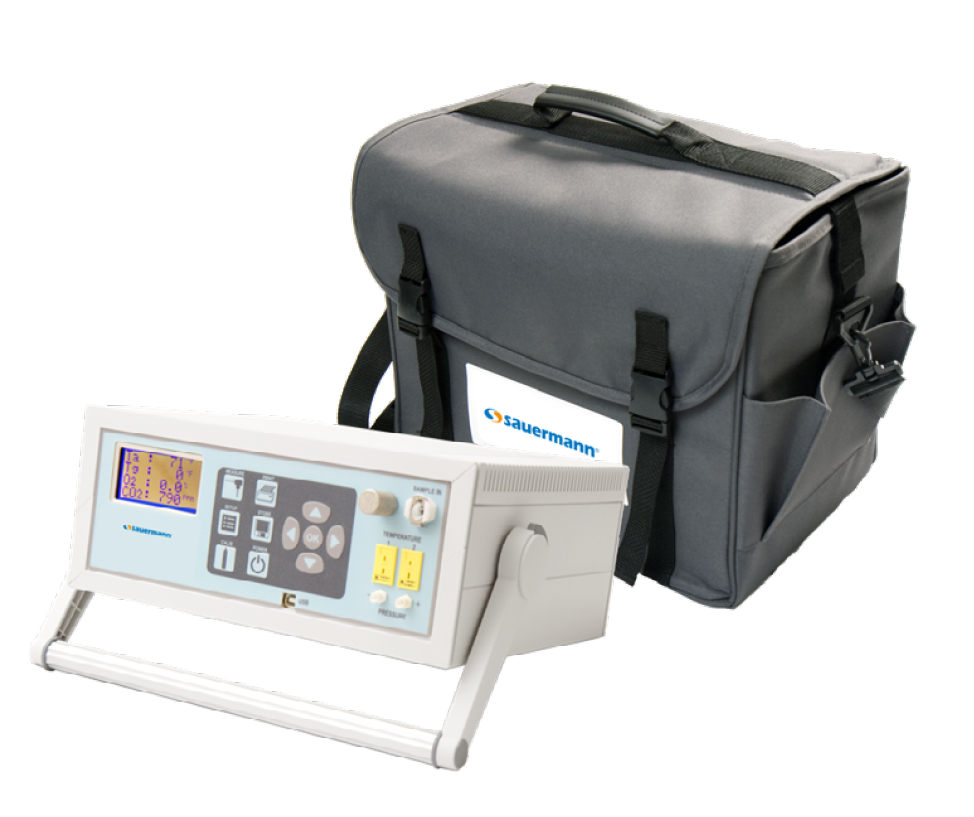Keeping Toxins out: Monitoring for Ozone (O3) in Homes & Offices

Ozone (O3) is a relatively unstable chemical compound found both at ground level and in Earth’s upper atmosphere. While ozone in the upper atmosphere is helpful in keeping UV rays emitted from the sun from getting to the Earth’s surface, ground level ozone is harmful to humans. Ground-level ozone is formed when sunlight reacts with volatile organic compounds (VOC’s) and nitrogen oxides (NOx), two toxic chemicals commonly emitted from industrial facilities and electric utilities, motor vehicle exhaust, gasoline vapors, and chemical solvents.
Ozone can also be released into the indoor air from some office equipment such as laser printers and copiers, and from some types of air cleaners such as some electric or ion generators.
Ozone is a main component of smog and is likely to reach unhealthy levels on hot sunny days in cities. However, ozone can also be transported hundreds of miles by wind, so even rural and remote areas can experience high ozone levels. For example, the Grand Canyon and parts of Yellowstone National Park commonly experience elevated ozone levels perhaps from cities as far as Los Angeles and Phoenix.
Ground level ozone can be quite harmful to people even at relatively low levels. Breathing in ozone can result in a variety of adverse respiratory health effects including coughing, throat irritation, pain, burning, or discomfort in the chest when taking a deep breath, chest tightness, wheezing, or shortness of breath, and long term lung damage. Children are particularly sensitive to ozone exposure because their lungs are still developing.
Within elevated ozone areas, ozone levels in more recently built or renovated homes and office buildings are more likely to be at acceptable levels. These “tightened” buildings keep smog and other pollutants from entering, thereby keeping occupants from breathing in the toxic gas. However, older homes and offices are more likely to allow ozone-laden air to seep in through drafty windows, doors and attics. Monitoring and understanding the indoor air quality of each home, office and facility is essential to maximizing the health, safety and comfort of all occupants.

Ozone Monitoring Solution
The measurement of the concentration of Ozone commonly found in indoor environments can be performed using the Sauermann Si-AQ EXPERT portable IAQ monitor. This highly specialized and customizable monitoring instrument utilizes technology that allows air quality analysts, environmental safety companies, laboratory technicians, etc., to quickly and accurately monitor the levels of ozone present in the breathing environments of homes, office building, laboratories, or industrial facilities.
The Si-AQ EXPERT includes software with real-time continues data logging, wireless Bluetooth® compatibility, and can be customized to monitor up to 11 different parameters relevant to indoor air quality.
